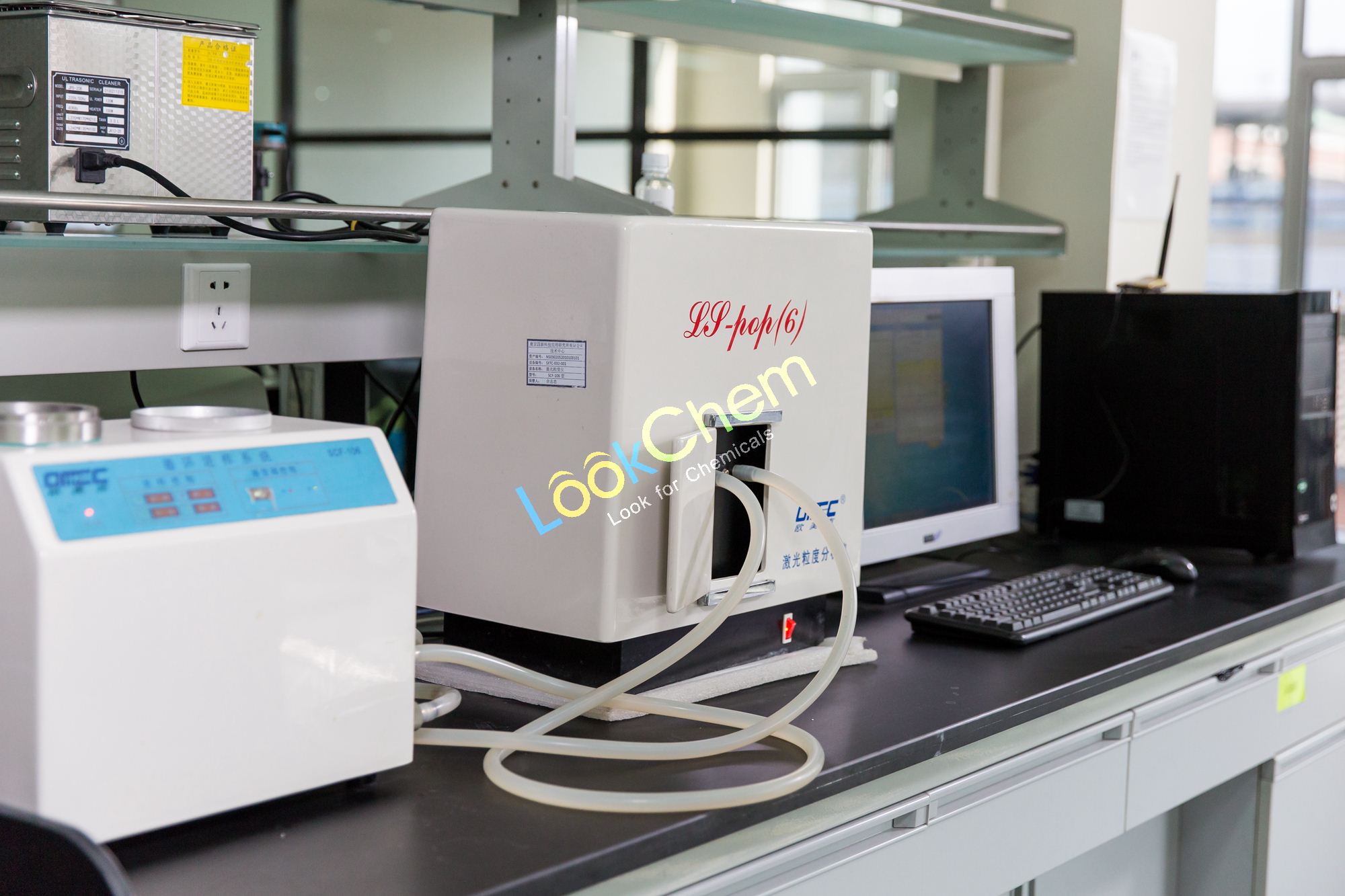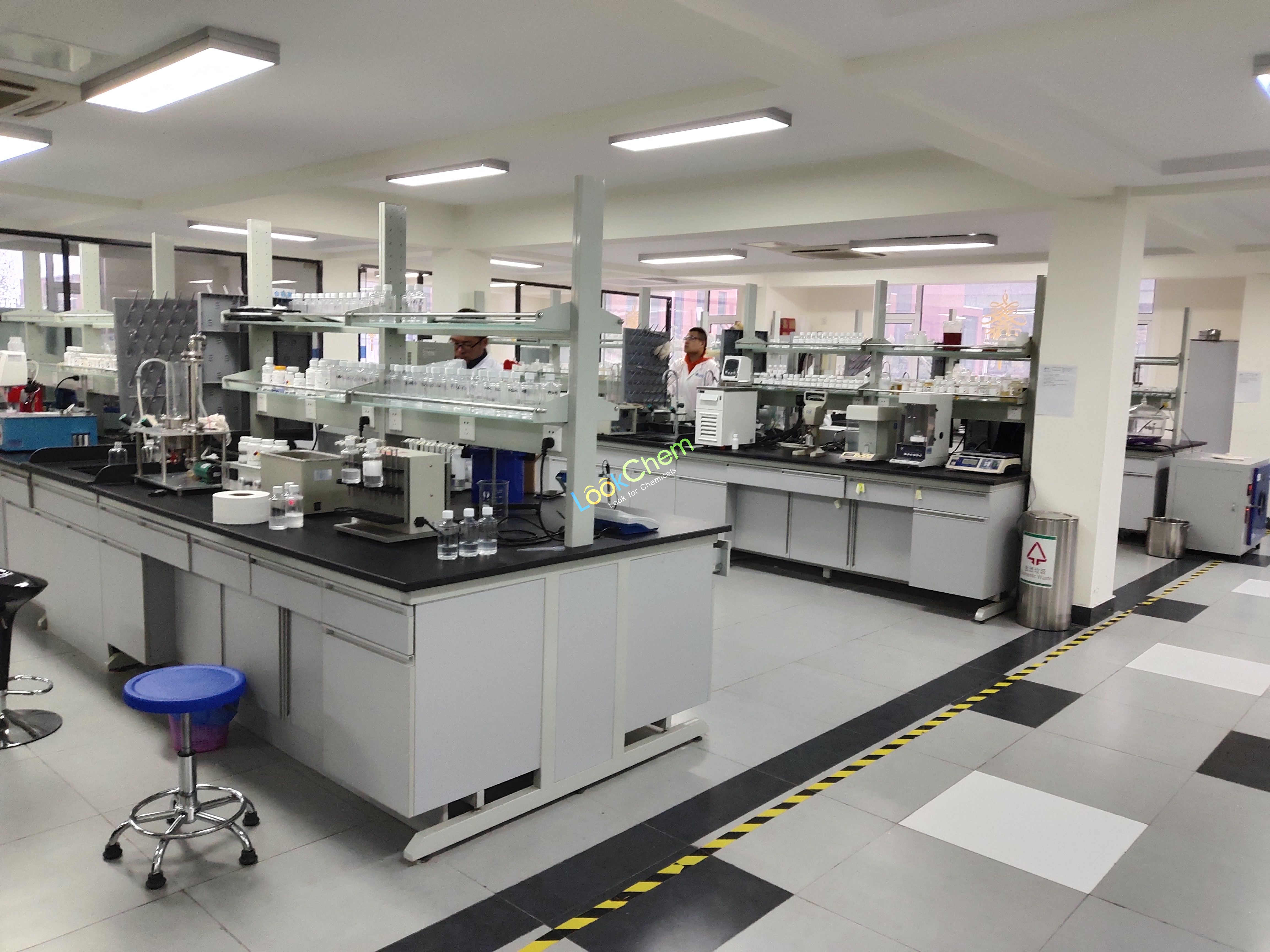- Min.Order :1 Metric Ton
- Purity: 99%
- Payment Terms : T/T,
Keywords
INCAFOLIC VITAMIN M Vitamin B11
Quick Details
- Appearance:white power
- Application:Pharma;Industry;Agricultural
- PackAge:As customer request
- ProductionCapacity:1000|Metric Ton|Month
- Storage:Keep it in dry,shady and cool place
- Transportation:SEA OR AIR
Superiority:
Details:
Folic acid, an important B group of water-soluble vitamins, was isolated from spinach in 1941. It is so rich in green leaves that it has been named after it. In several forms found in nature, the parent compound is composed of three ingredients: pteridine, p-aminobenzoic acid and glutamate. Folic acid contains one or more glutamyl groups, and most naturally occurring folic acid is in the form of polyglutamic acid. The bioactive form of folic acid is tetrahydrofolate. In 1981, the nomenclature committee of the American academy of nutrition (CNAIN) referred to folic acid and related compounds with folic acid biological activity as fo-lacin. Biological activity is usually expressed in units of weight.
Folic acid is a dark yellow substance, not easily soluble in water, its sodium salt solubility. In neutral and alkaline solution on the thermal stability, and in acidic solution decomposition temperature is above 100 ℃. Folic acid and its sodium salts are destroyed by light in solution.
Folate isolated from the liver and yeast is mainly a derivative of three or seven glutamates.
Dietary folic acid is mostly polyglutamate compounds that are not fully absorbed into the bloodstream. Sphenoyl polyglutamate, which was labeled with 14C as the second glutamyl residue, was decomposed into sphenoyl glutamate during absorption. There was no radioactive folic acid in the serum, but 14C was contained in the exhaled gas. The breakdown of polyglutamate chains takes place in intestinal mucosal cells. Folic acid is stored in small amounts in the liver. The 4-hydroxyl group in the pteridine nucleus is substituted for the amino group to become 4-aminofolate, which is an antagonist of folate and hindrance to nucleic acid synthesis.
Folic acid is absorbed actively and diffusely in the body, mainly in the upper part of the small intestine. The higher the absorption rate of reduced folic acid, the lower the absorption rate of glutamyl, and the higher the absorption rate of glucose and vitamin C. After absorption, folic acid is stored in the intestinal wall, liver, bone marrow and other tissues in the body, and is reduced to tetrahydrofolate (THFA or FH4) with physiological activity by folate reductase with NADPH, and is involved in the synthesis of purine and pyrimidine. Therefore, folic acid plays an important role in protein synthesis, cell division and growth, and promotes the formation of normal red blood cells. Lack of red blood cells can lead to reduced hemoglobin production, cell maturation blocked, resulting in megaloblastic anemia. Human intestinal bacteria can synthesize folic acid, so generally not easy to lack. When malabsorption, metabolic disorder or long-term use of intestinal antimicrobial drugs, can cause folate deficiency. Folic acid is also found in a wide range of animal and plant foods, including: offal, eggs, fish and pears, beans, beets, spinach, cauliflower, celery, lettuce, citrus, nuts and beans. When the daily intake of folic acid is maintained at 3.1 g/kg per day, the body can have adequate folic acid reserves. Total daily intake of folic acid should be greater than 350 g for pregnant women; The safe intake for infants is similar to that for adults in terms of body weight, that is 3.6 g/kg per day to meet the needs of growing and maintaining normal blood images
You Might Also Like
Related Searches
About|Contact|Cas|Product Name|Molecular|Country|Encyclopedia
Message|New Cas|MSDS|Service|Advertisement|CAS DataBase|Article Data|Manufacturers | Chemical Catalog
©2008 LookChem.com,License: ICP
NO.:Zhejiang16009103
complaints:service@lookchem.com Desktop View






